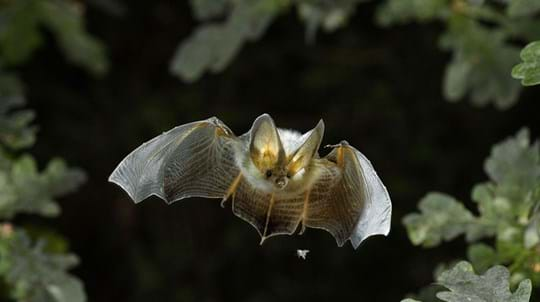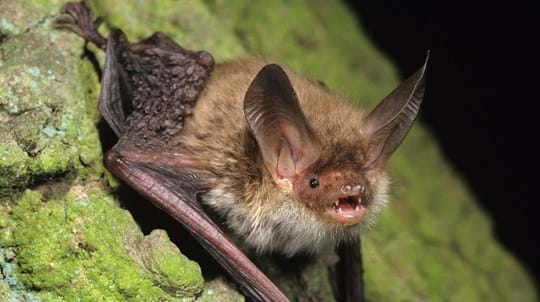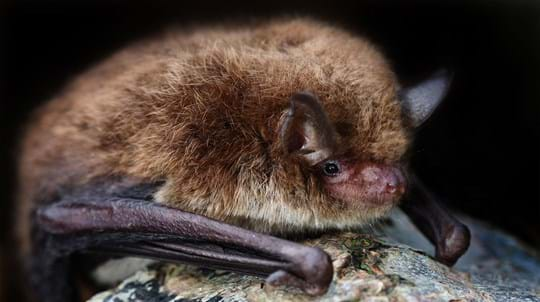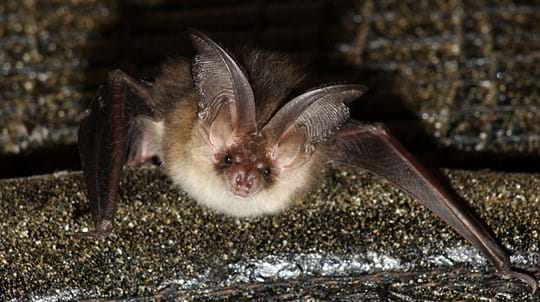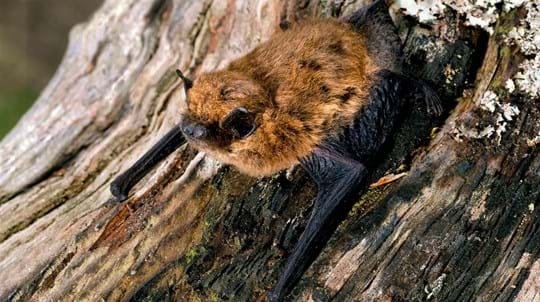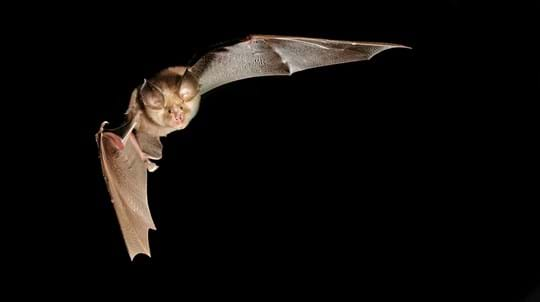
Credit: AGAMI Photo Agency / Alamy Stock Photo
How do Natterer’s bats breed?
Breeding takes place in autumn and occasionally winter, with maternity colonies being formed during the summer. These groups usually roost in cracks and crevices in old buildings, such as castles and churches. Usually, a single pup is born in June or July, and is weaned after six weeks.









